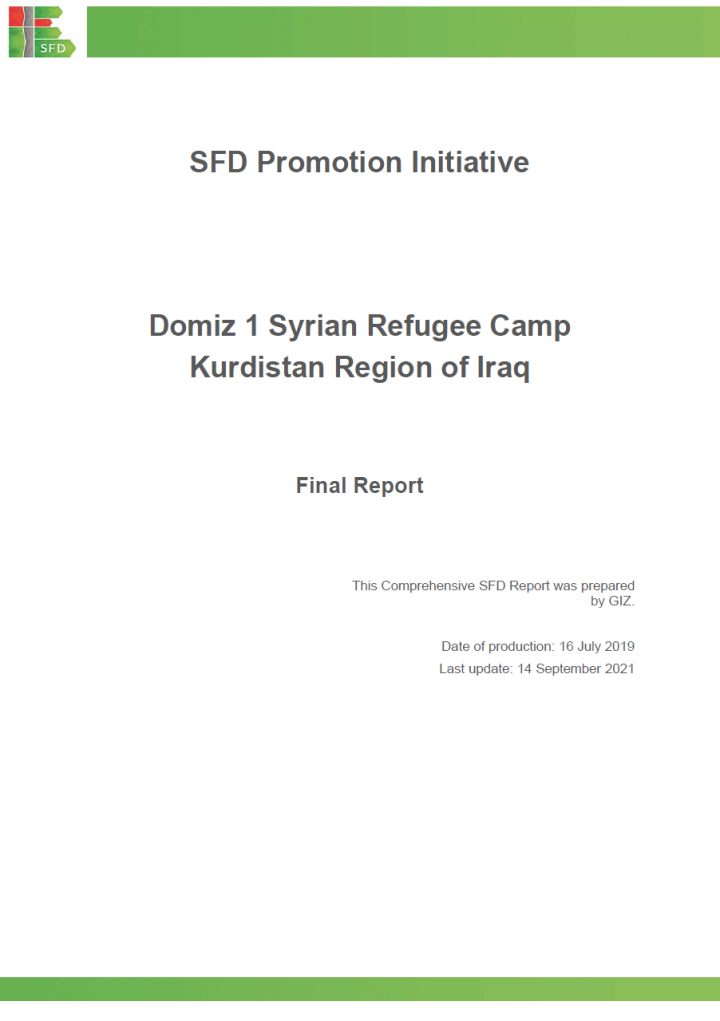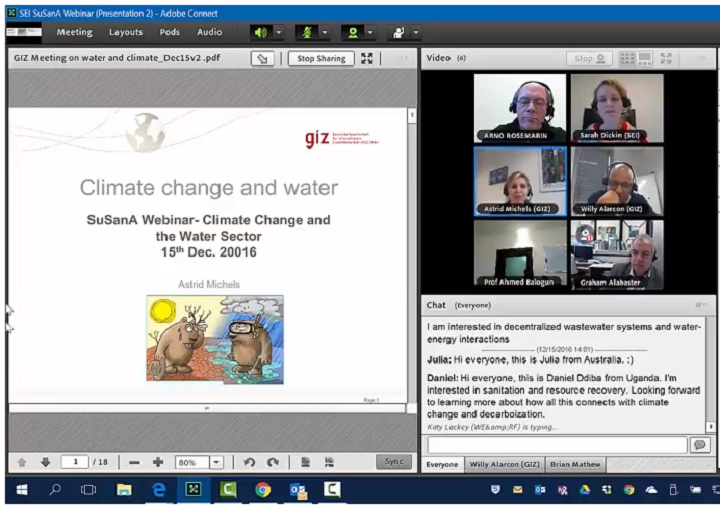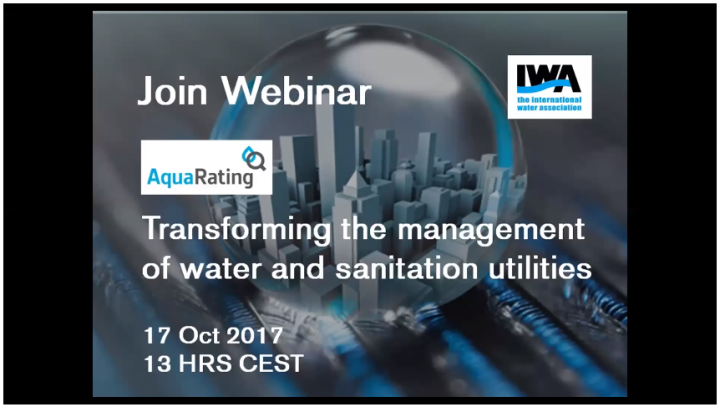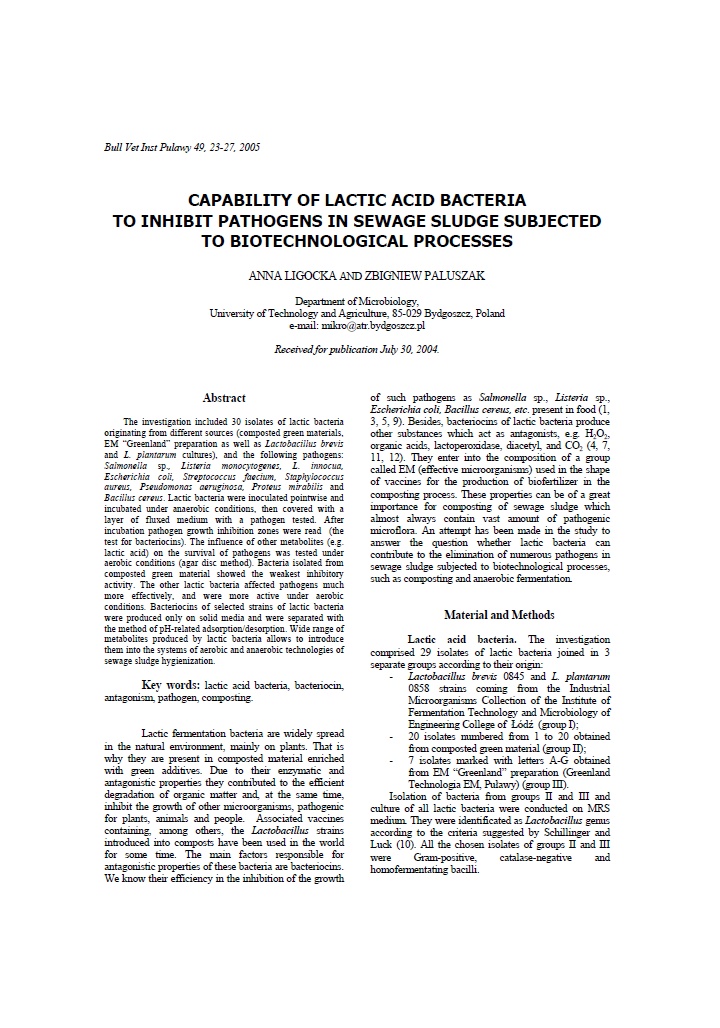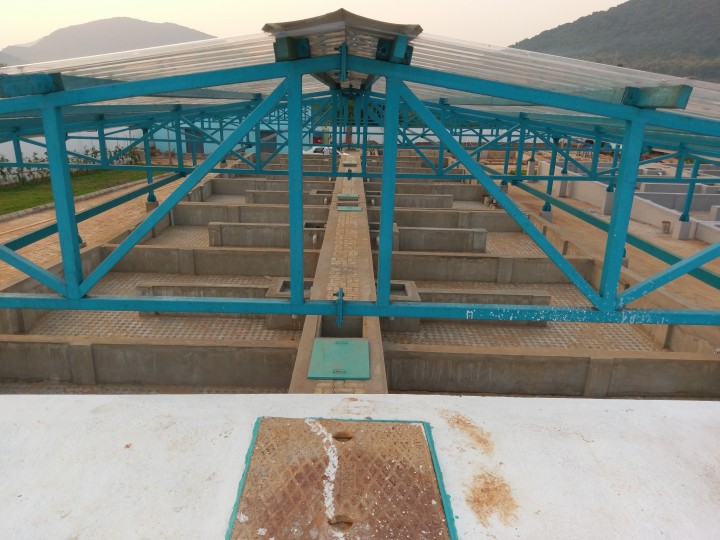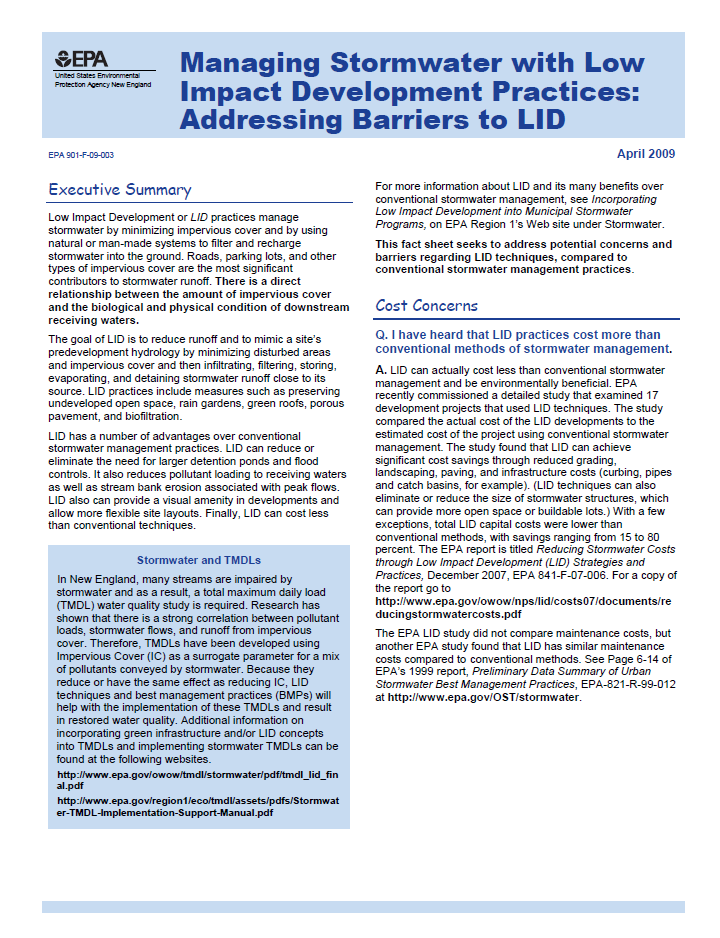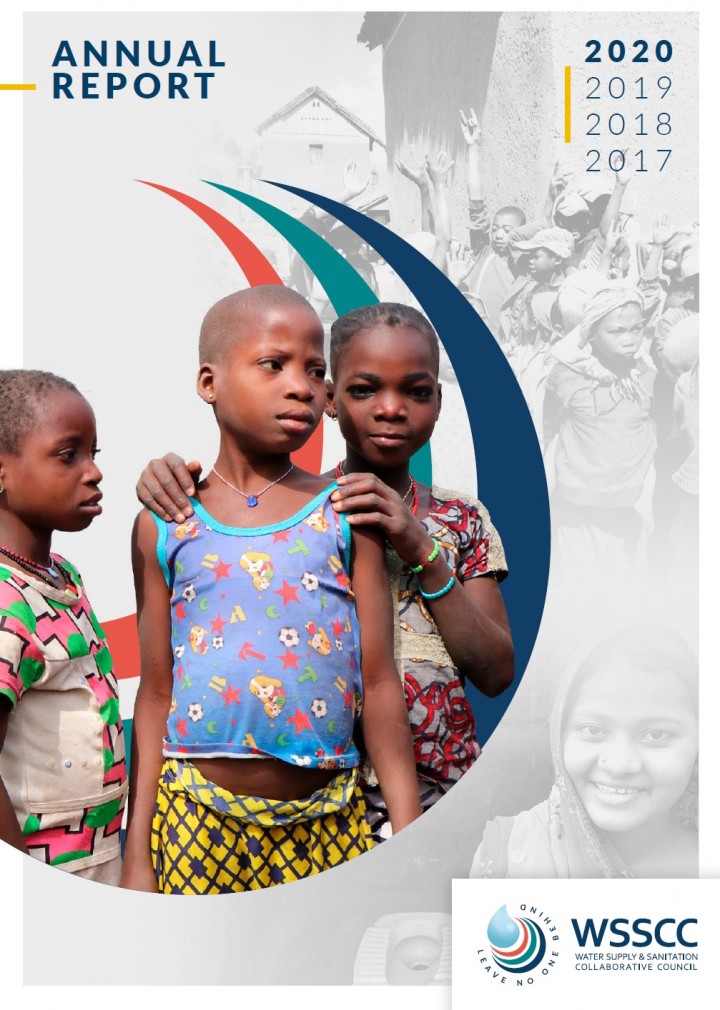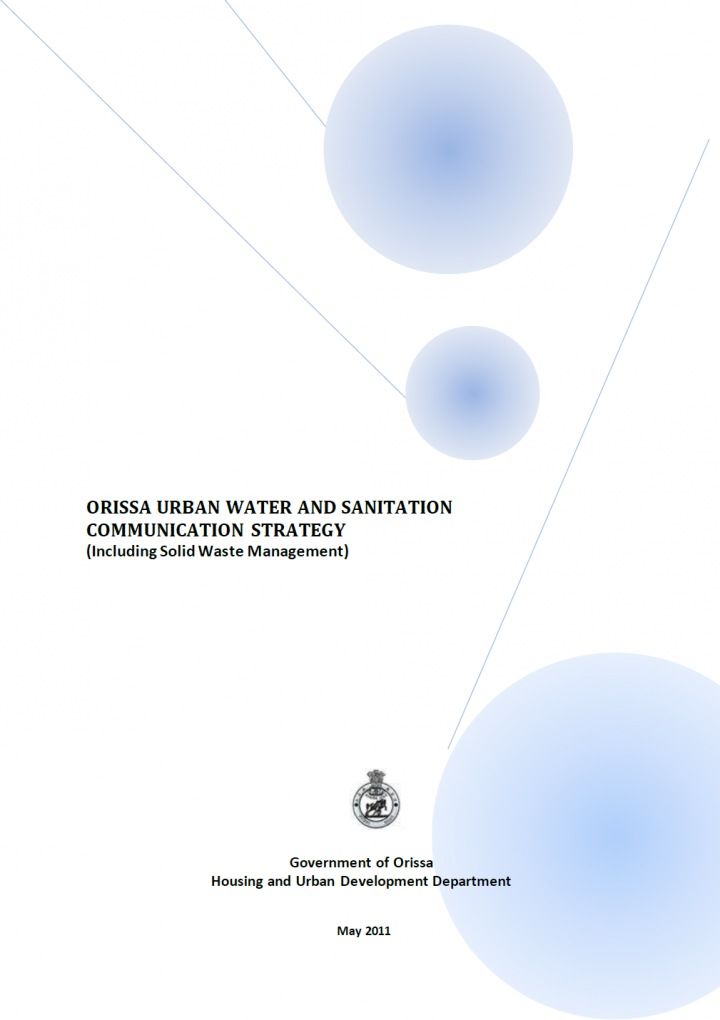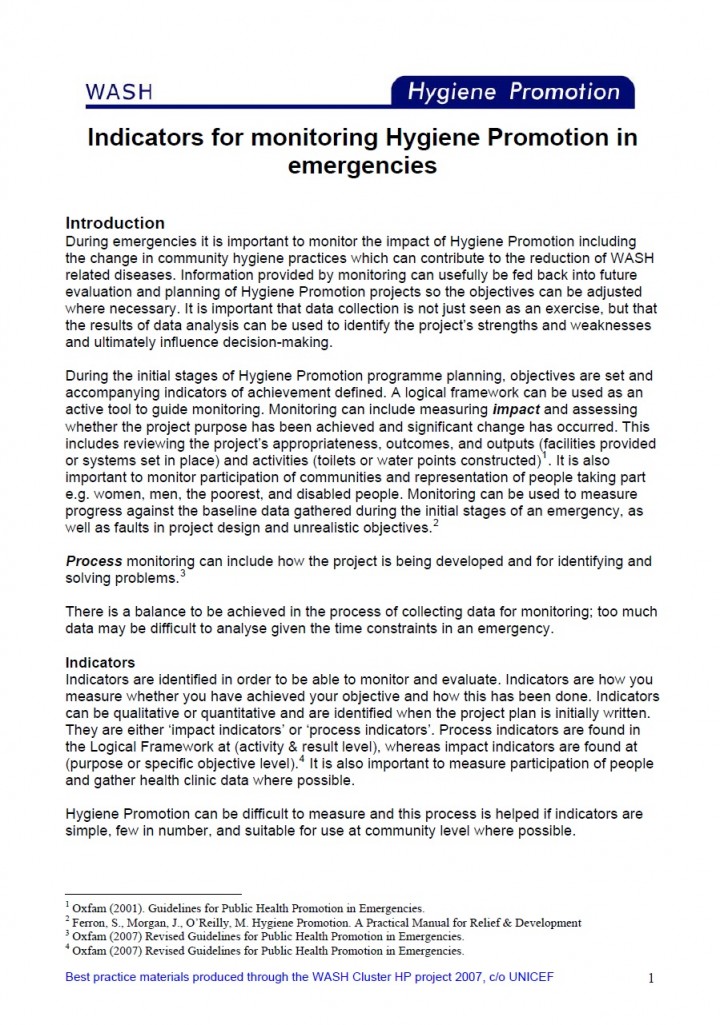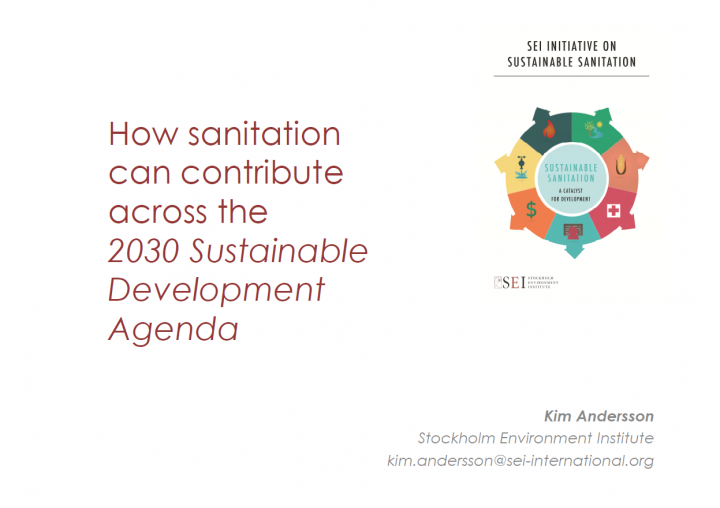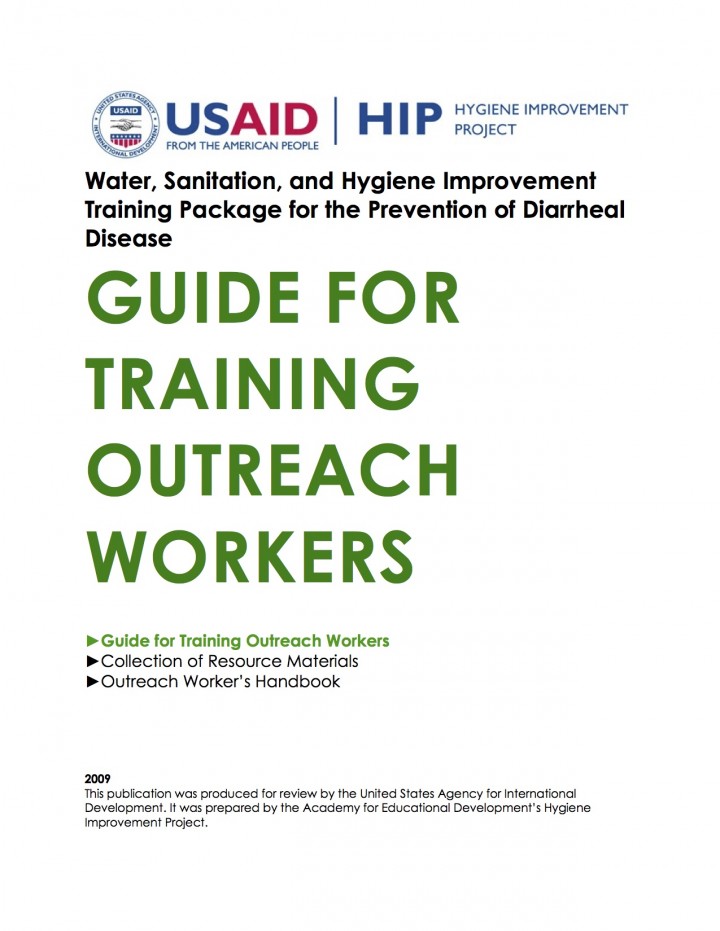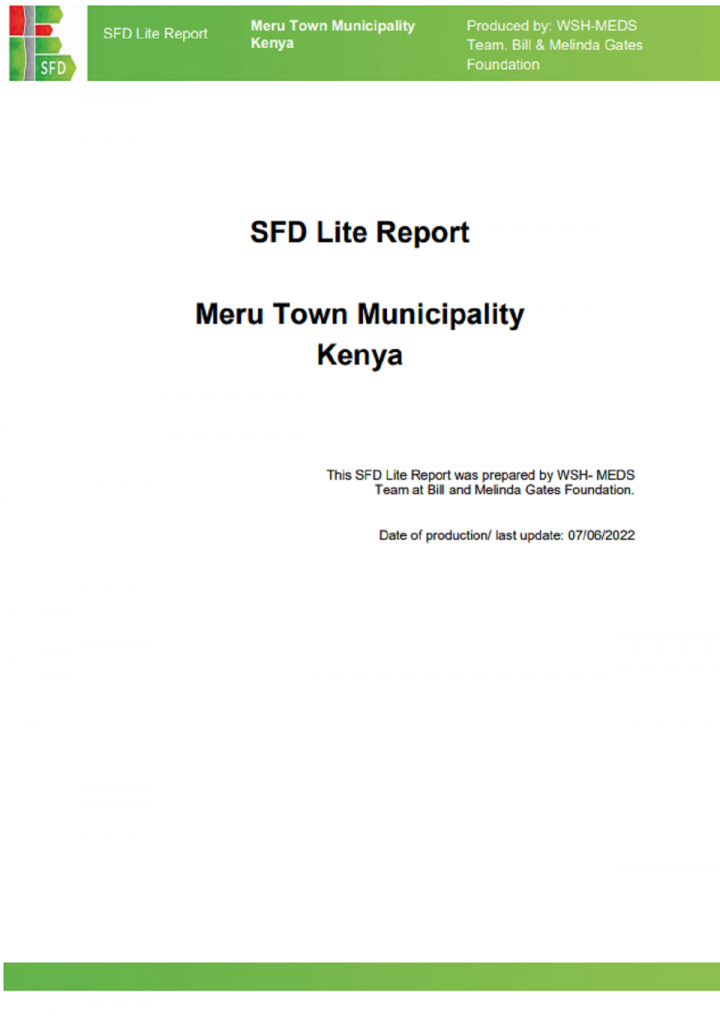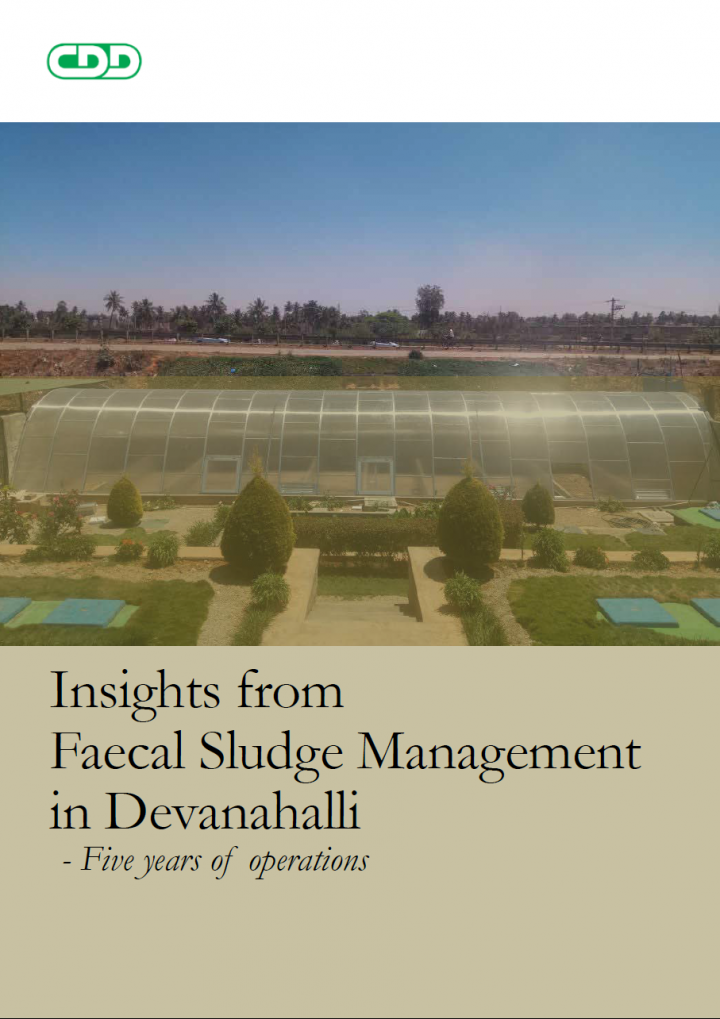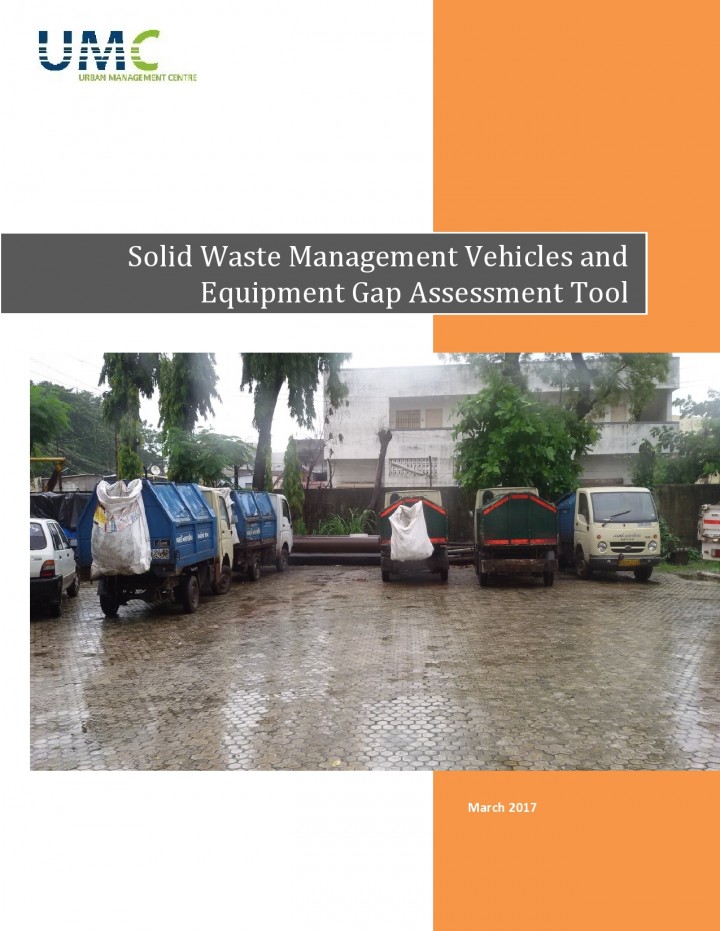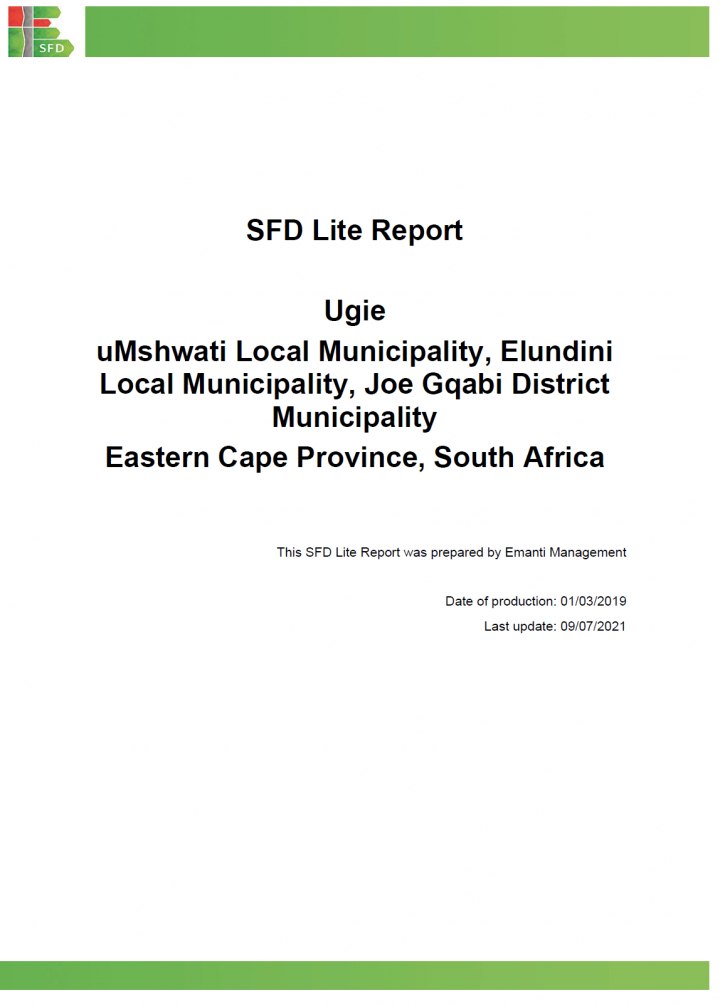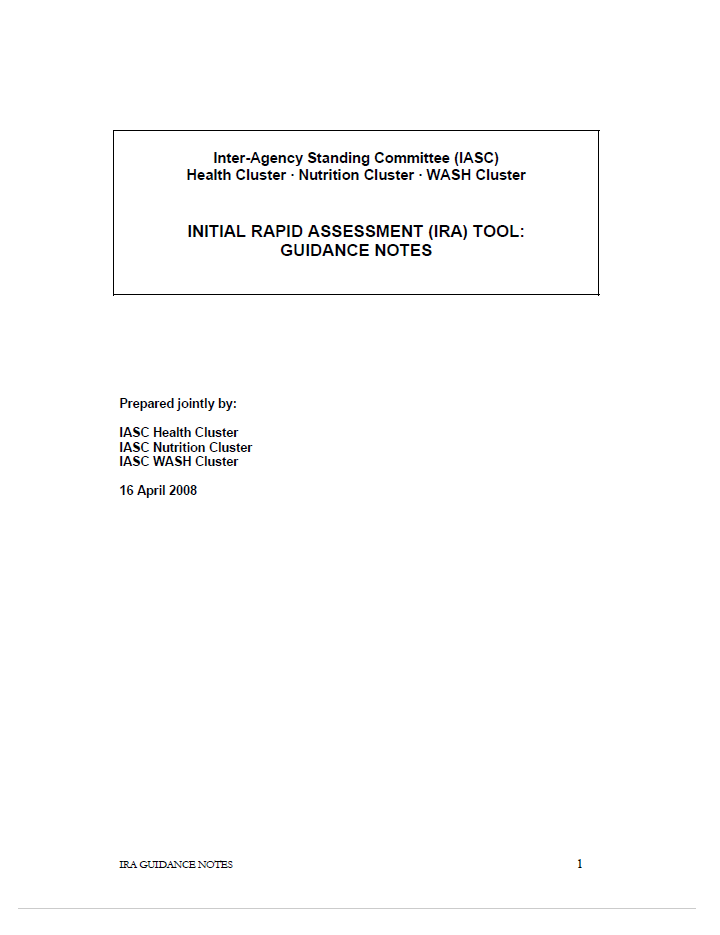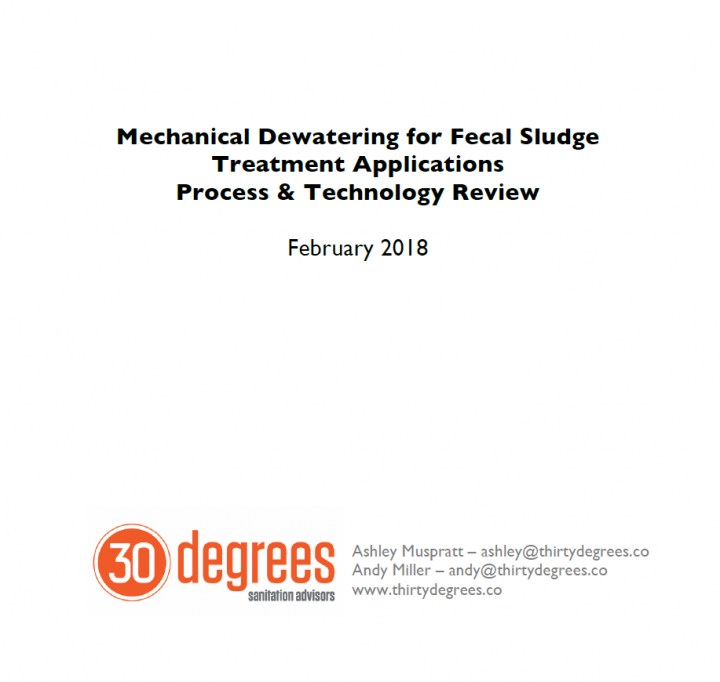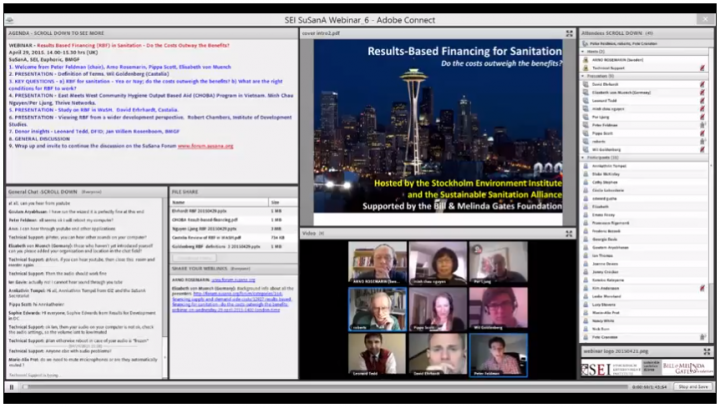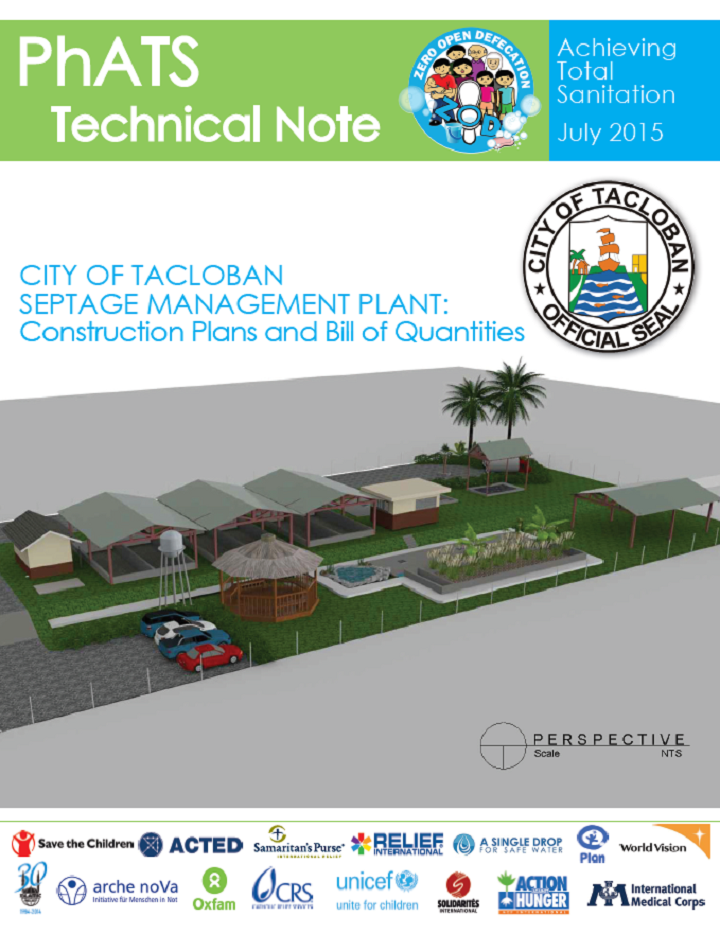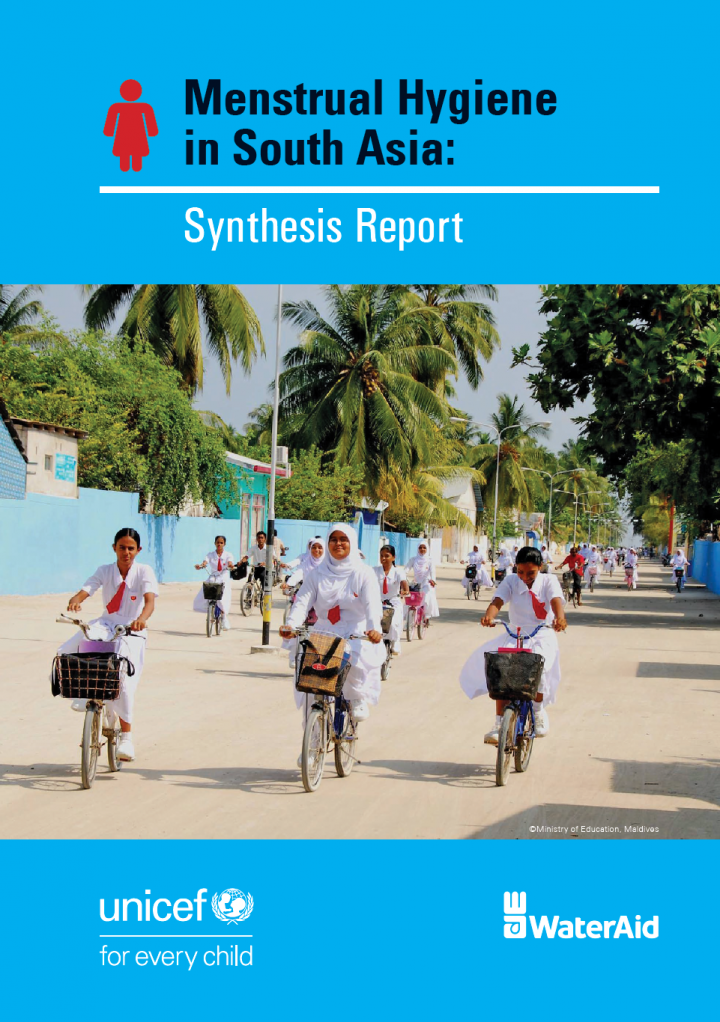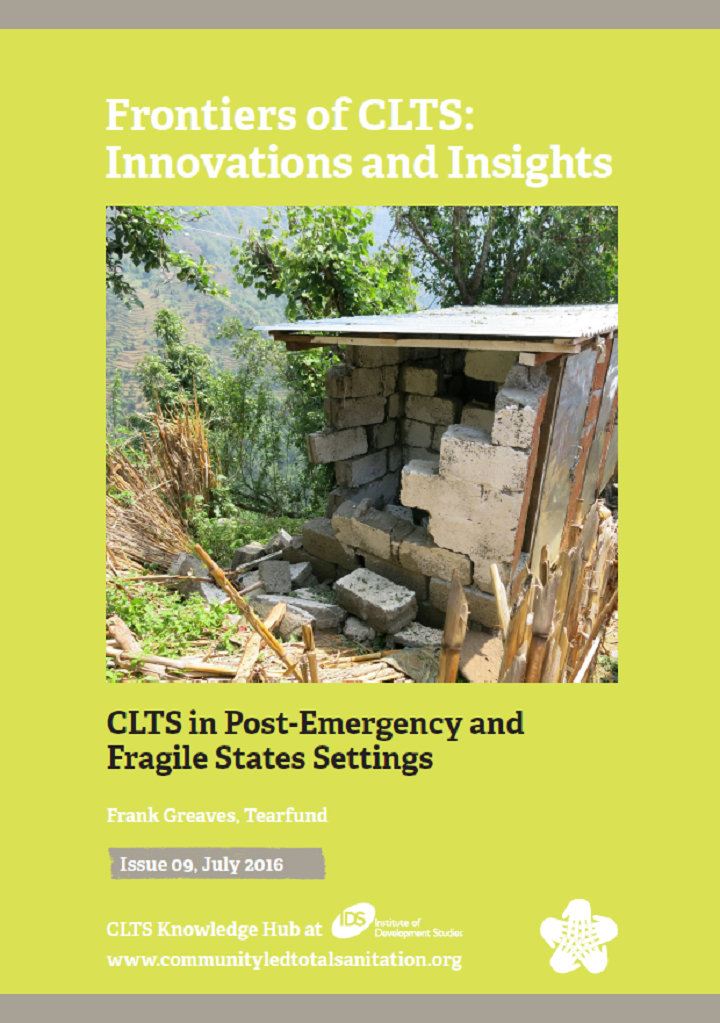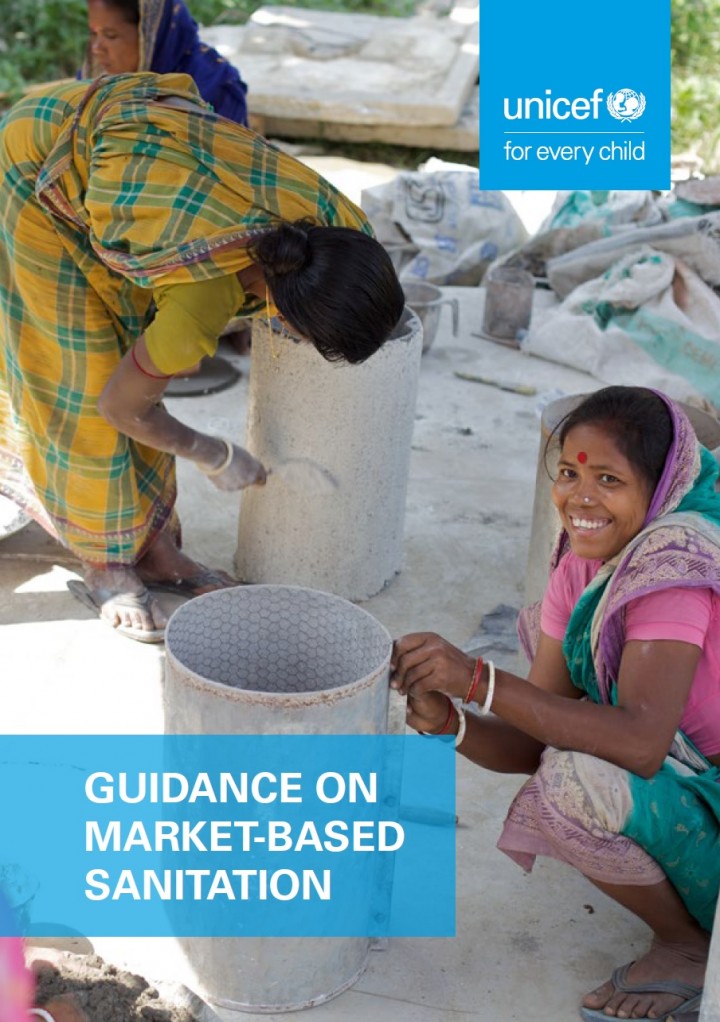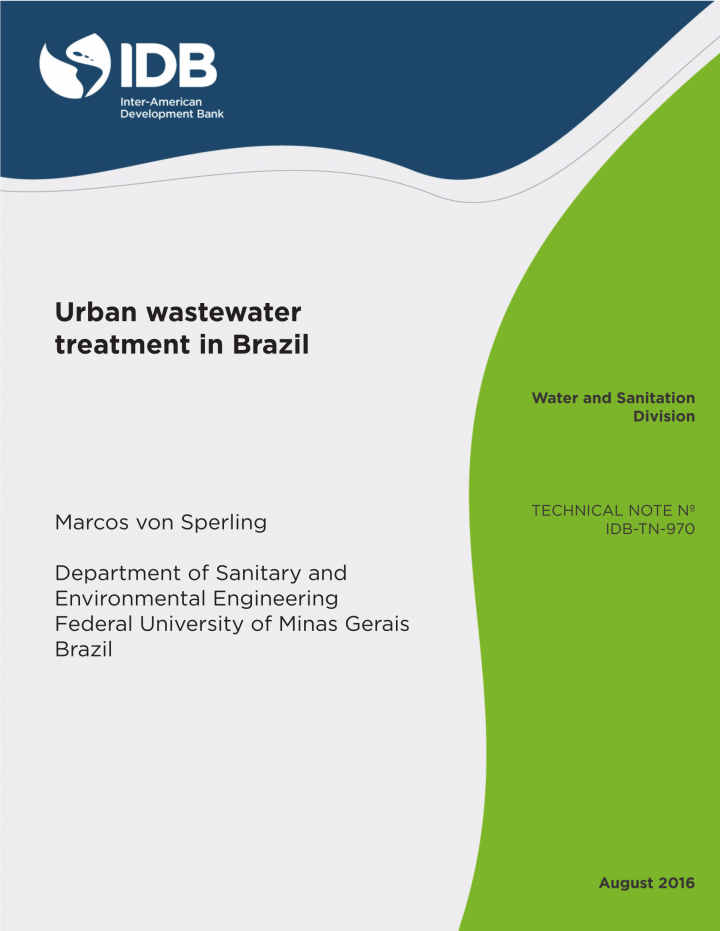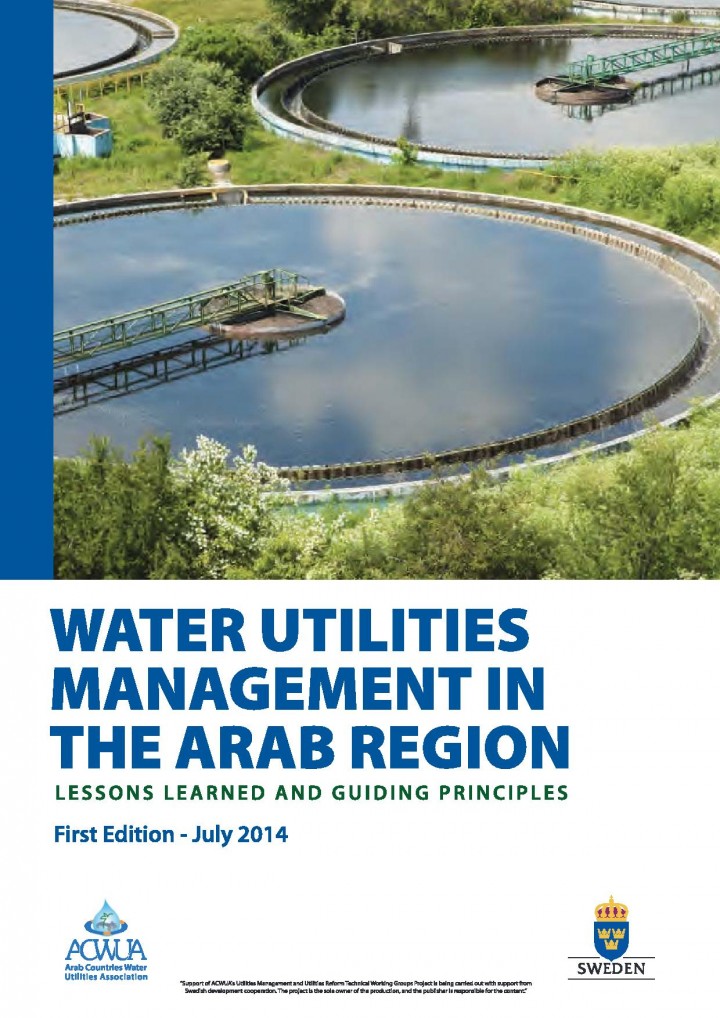Searching for information on Sanitation Workers?
The Sanitation Workers Knowledge + Learning Hub is the best source for all current news, trends, articles and updates on sanitation workers rights around the world.
Domiz 1 Syrian refugee camp is located on the outskirts of the Domiz Township, near the city of the Duhok, in the Kurdistan Region of Iraq. The camp was intended to be temporary in nature to provide shelter to those fleeing the war in Syria. Having been established in 2012 and currently being expanded and upgraded in July 2019, it is now reasonable to expect that the camp will be in place for the …
AquaRating is the performance assessment system for water and sanitation service providers. This rating solution focuses the challenges services providers face in a comprehensive way, evaluating their performance through indicators and management practices, establishing an international standard, and relying on information verified by an external entity.
AquaRating was launched in 2015 and has …
The investigation included 30 isolates of lactic bacteria originating from different sources (composted green materials, EM “Greenland” preparation as well as Lactobacillus brevis and L. plantarum cultures), and the following pathogens: Salmonella sp., Listeria monocytogenes, L. innocua, Escherichia coli, Streptococcus faecium, Staphylococcus aureus, Pseudomonas aeruginosa, Proteus mirabilis …
The Swachh Bharat Mission (SBM), the flagship sanitation scheme of the Government of
India has revolutionized India’s sanitation landscape. However, there are still gaps which
need to be bridged to sustain and build upon the success realized. This article by the
UNICEF India water, sanitation and hygiene (WASH) team highlights why faecal sludge
management is the next practical step to …
For three decades the Water Supply and Sanitation Collaborative Council (WSSCC) has operated as a global, multi-stakeholder membership and partnership organization working with poor people, organizations, governments, and local entrepreneurs to improve sanitation and hygiene at scale. WSSCC has been committed to a world in which everyone, everywhere can practice safe sanitation and hygiene with …
Water and sanitation, despite being a basic human need and a critical need for improved quality of life has not got the necessary attention in the past. The overall sanitation coverage in Orissa is not satisfactory and the current initiatives spawned under centrally-sponsored schemes like the Jawaharlal Nehru National Urban Renewal Mission (JNNURM) and Urban Infrastructure Development Scheme for …
During emergencies it is important to monitor the impact of Hygiene Promotion including the change in community hygiene practices which can contribute to the reduction of WASH related diseases. Information provided by monitoring can usefully be fed back into future evaluation and planning of Hygiene Promotion projects so the objectives can be adjusted where necessary. It is important that data …
Habitat is a United Nations Conference on Housing and Sustainable Urban Development held every 20 years. The 3rd conference took place in Quito, Ecuador on 17th to 20th October. Facing the fact that this century will see a substantial majority of the world’s population living in urban centers, the focus of Habitat III Conference was the adoption of a New Urban Agenda — an action-oriented …
Meru town municipality is located in the Eastern region of Kenya, Meru County, Imenti North Sub County. It is located in the northeastern slopes of Mount Kenya. Meru town was founded in 1911 and it is the current headquarters on Meru County. It is the seventh largest urban centre in Kenya forming a municipality with a population of 240,900 inhabitants (KNBS, 2021). The town is about 1,500 m above …
The central questions that this thematic note seeks to address include: What can municipalities learn about creating a conducive enabling environment for faecal sludge management (FSM)? How can engineers create Faecal sludge treatment plant (FSTP) designs that work well on the ground both technically and financially?
The Swachh Bharat Mission (SBM) has made significant strides in addressing …
The tool aims to help city managers and decision makers working with Solid Waste Management (SWM) departments. The tool helps in identifying gaps related to vehicles and equipments in use and estimated future needs of the department. It further calculates the cost and estimates operations and maintenance expenditure for the same.
This SFD was developed for Ugie located within the Elundini LM (Figure 3). Other towns in Elundini LM include Maclear and Mount Fletcher (Joe Gqabi District Municipality, 2018). Ugie developed from a mission station at Gatberg and was established and named in 1863 by William Murray after the Ugie River in Scotland. The town was founded in 1885 (Eastern Cape, 2021). The town serves as an activity …
In order to cast a positive light on the emptying business and to inform in a professional way but with a twinge of humour, Skat Foundation has produced a Top Trumps card game with 32 fascinating sludge trucks from around the world. The game comes with an information card on on-site sanitation.
The card game can be used as a give-away for conferences, meetings with decision makers and …
These Guidance Notes are intended to help people involved with an Initial Rapid Assessment (IRA) at coordination and field levels to prepare for, organize and carry out an IRA, analyse the data collected to make essential decisions on immediate response, funding and/or follow on assessments. Section 2 is primarily aimed at coordination level and Section 3 at field level. The sections most …
When properly designed and sized, WSPs deliver high quality effluent at marginal running costs. Their minimal maintenance requirements make them relatively hard to break – the textbook example of “appropriate technology”.
The simplicity and elegance of natural treatments systems will always have a special place in the hearts of many sanitation engineers but their large footprint has made …
This webinar was organised under the Knowledge Management initiative (http://www.bdskm.net/) of the Building Demand for Sanitation (BDS) program of the Bill & Melinda Gates Foundation. The webinar was moderated by Peter Feldman, and supported by Pippa Scott and Pete Cranston of Euforic Services. It was hosted by Stockholm Environment Institute and the SuSanA secretariat on 29 April 2015. To watch …
In November of 2013, Typhoon Haiyan struck the Eastern Visayas region of the Philippines devastating homes and families in its path. The response by the government and international community was swift as shelter kits were distributed and “bunkhouse-style” temporary housing built for displaced persons. As these needs were met, new problems emerged, among them was how to properly manage the …
This report provides a summary of the status of menstrual hygiene (MH) in schools in South Asia. It describes the context for MH in schools and progress in the implementation of MH services since 2018. It identifies progress and gaps in achieving sustainable and inclusive MH services in schools at scale. It draws together opportunities for further promoting and mainstreaming MH in schools in …
This issue of Frontiers of CLTS draws on the experiences of relief and development agencies which have facilitated CLTS in post-emergency and FCAS contexts. Its purpose is to contribute to understanding, and distil learning and guidance around the application of CLTS in these situations. It explores the question: How, when, and in what circumstances can a CLTSstyle process of analysis, action, …
One of the key programming approaches adopted in UNICEF’s Strategy for WASH (2016-2030) is to build sustainable markets for sanitation goods and services. Market-based sanitation (MBS) is defined as a development approach to improve sanitation in a country by building the sanitation market of goods and services for which the customer makes a full or partial monetary contribution (with savings …
The major focus of this report is the description and critical analysis of the main
wastewater treatment processes used in Brazil. Special emphasis is given to small to
medium size communities with populations lower than 100,000 inhabitants, which
represent approximately 95% of the 5,570 Brazilian municipalities. In terms of coverage,
around 40% of the sewage generated in Brazil is treated, …

